An Giang Mulberry, durian, and red pomelo are grown on That Son mountain range - the roof of the West. During harvest season, farmers bring the flavor of the mountains and forests down to the slopes to sell to traders.
After the rain in early June, Mr. Tran Hoang Anh, the owner of a durian garden near Suoi Tien waterfall, in the 700-meter-high Thien Cam Son range, has been working tirelessly. The durians have begun to ripen, attracting squirrels and other small animals to come and destroy them. The garden owner has to cover them with nets in the hope of having goods to sell. He chooses metal mesh bags and places them on the treetops for workers to cover around the fruit.
The worker climbs a tree over 5 meters high, wraps a mesh bag around the fruit, ties the mouth tightly, pulls a rope through the branch, then gives the other end of the rope to the person below to tie to the base. Mountain durian is only harvested when the fruit is ripe and falls off the stem. This method of covering the fruit helps the gardener easily collect the fallen ripe fruit, without having to climb the tree again to remove the rope.
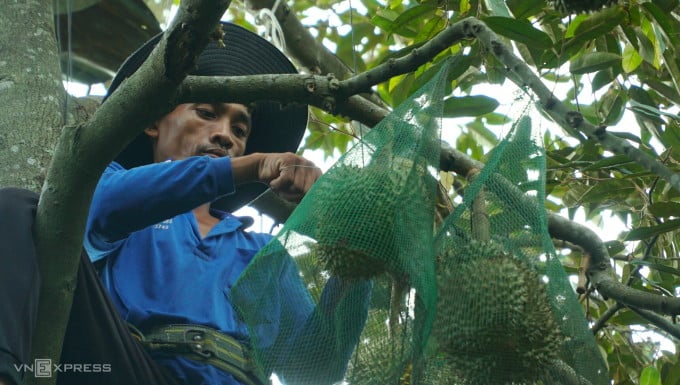
Mountain durian must be carefully wrapped to prevent squirrels from damaging it. Photo: Ngoc Tai
"The fruit is picked and sold as it ripens, so the durian on the mountain is especially fragrant, fatty and not hard," Mr. Anh said, adding that the climate on the mountain is cool, and gardeners rarely need to use fertilizer or spray pesticides because the soil is fertile. With a garden of more than 30 trees, Mr. Anh harvests nearly two tons of fruit each year, with a stable price of 110,000-130,000 VND per kilogram, earning about 200 million VND after deducting expenses.
That Son, also known as Bay Nui, is a mountainous and hilly area mixed with plains in 4 districts and cities of An Giang: Chau Doc City, Tinh Bien, Tri Ton and Thoai Son. In addition to the fertile mountainous soil, with an altitude of 50-710 m, the climate here is cool all year round, the fruits have the flavor of the mountains and forests, are naturally delicious, and the selling price is sometimes double that of the plains.
However, the source of irrigation water on the mountain is very limited, in addition to relying on rain, mountain farmers find ways to bring water from streams to irrigate their gardens. In dry years, with little rain, farmers can only watch their fruit trees wither and die. Besides wild fruits, mountain farmers also bring lowland fruit varieties to the mountain to plant.
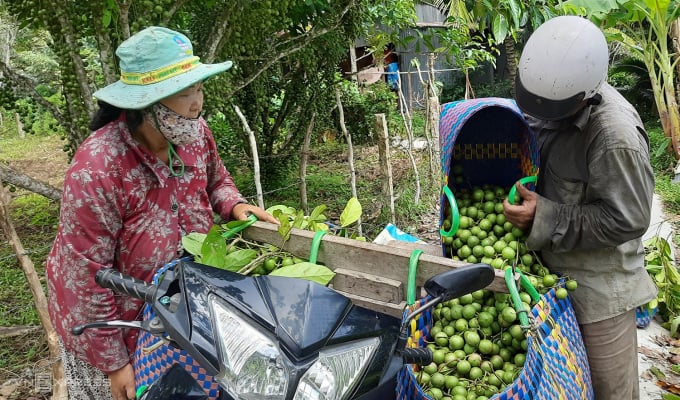
Chi and her husband prepare to transport strawberries down the hill to sell. Photo: Ngoc Tai
Nearly 100 meters from Mr. Tran Hoang Anh's house, Mrs. Dinh Kim Chi's mulberry garden is in harvest season. Green mulberries hang from the branches, each bunch is picked by the garden owner and placed gently into a basket. The fruit closer to the base of the tree is usually larger, about half the size of an adult's wrist, with thick skin and a sweet and sour taste.
This year, the strawberry harvest is good, but the price is cheap. At the beginning of the season, traders bought it for 7,000 VND, but now it is only 4,000-5,000 VND per kg. After picking a full basket, Mrs. Chi and her husband took it to the village road about 150 meters from the garden, poured it into two large baskets hanging on their motorbikes and brought it down to the hill to sell. "Two large baskets full, one small basket weighing more than a hundred kg is enough money to go to the wedding this morning," Mrs. Chi said.
Compared to durian, mulberry trees have a lower income but require less care, and the trees produce fruit naturally and are plump when watered properly. The profit is enough for Chi and her husband to spend for several months. In addition to growing mulberry trees, they also planted dozens of durian trees, avocado trees, and red mulberry trees mixed with wild bamboo shoots on 5,000 square meters along a small stream with babbling brooks - a natural boundary separating the land from the neighbor's land.
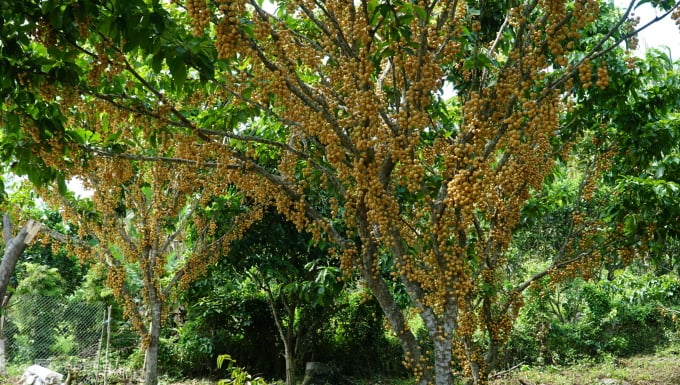
Strawberries on the Forbidden Mountain include green and yellow varieties, which bear quite a lot of fruit. Photo: Ngoc Tai
Mountain fruit season usually comes at the beginning of the rainy season. Along the mountain slopes, many traders open warehouses, collect and transport to large markets throughout the provinces of the West or sell on the spot to tourists. Particularly, wild tram grows abundantly at the foot of To mountain, Khmer people pick it and bring it to the roadside to sell, priced at 50,000-60,000 VND per kg. Farming on the mountain is busy all year round, after the fruit season, people turn to harvesting bamboo shoots, taking care of the garden, and taking care of irrigation...
Mr. Nguyen Van Dung, Chairman of the Farmers' Association of An Hao Commune, Tinh Bien Town, said that the That Son range is over 3,000 hectares wide with about 1,000 hectares of fruit trees intercropped with bamboo shoots, the rest is forest and mixed gardens. The locality is selecting typical fruit gardens to guide farmers in opening sightseeing and experience spots. A mountain fruit cooperative is preparing to be established for farmers to build brands, increase value, and find stable consumption markets.
Fruit harvest season on the mountain. Video: Thanh Tien
Ngoc Tai
Source link


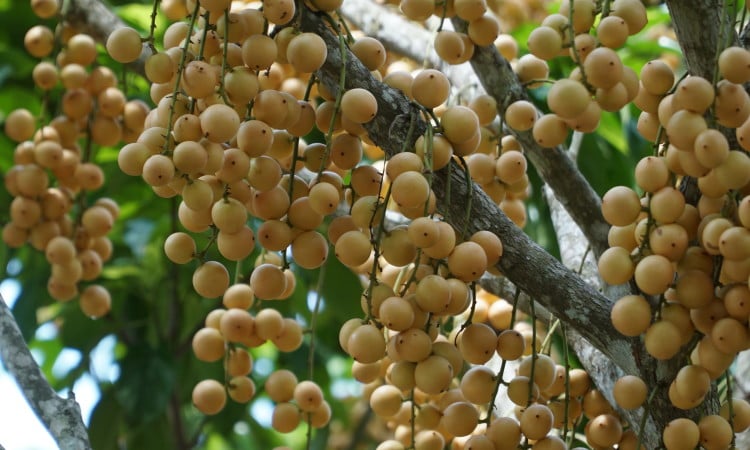
![[Photo] Prime Minister Pham Minh Chinh meets with General Secretary and President of China Xi Jinping](https://vstatic.vietnam.vn/vietnam/resource/IMAGE/2025/4/14/893f1141468a49e29fb42607a670b174)
![[Photo] National Assembly Chairman Tran Thanh Man meets with General Secretary and President of China Xi Jinping](https://vstatic.vietnam.vn/vietnam/resource/IMAGE/2025/4/14/4e8fab54da744230b54598eff0070485)

![[Photo] Reception to welcome General Secretary and President of China Xi Jinping](https://vstatic.vietnam.vn/vietnam/resource/IMAGE/2025/4/15/ef636fe84ae24df48dcc734ac3692867)
![[Photo] Tan Son Nhat Terminal T3 - key project completed ahead of schedule](https://vstatic.vietnam.vn/vietnam/resource/IMAGE/2025/4/15/85f0ae82199548e5a30d478733f4d783)

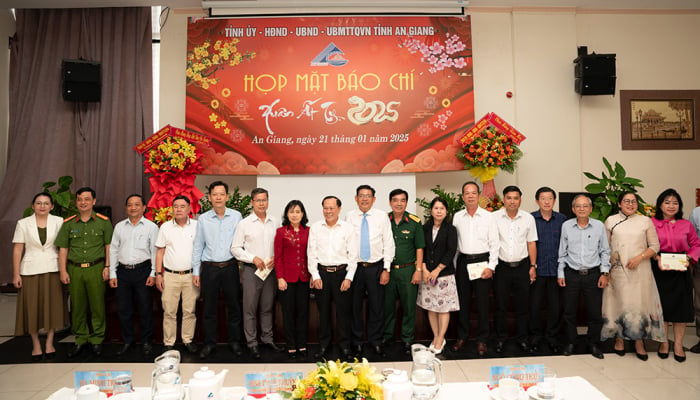

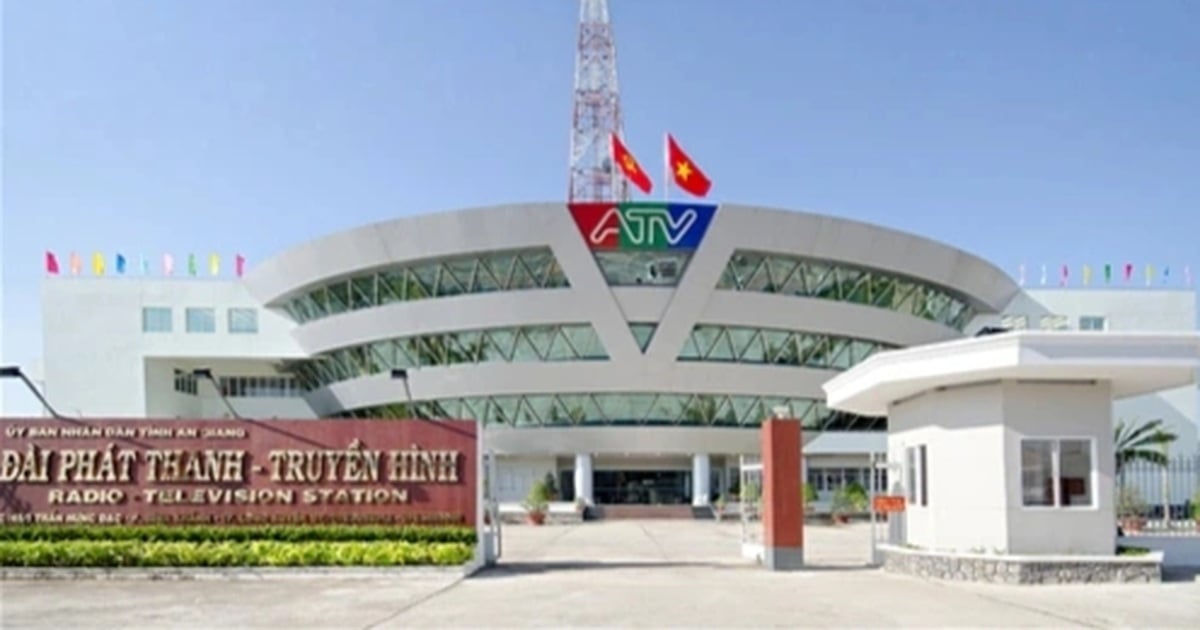







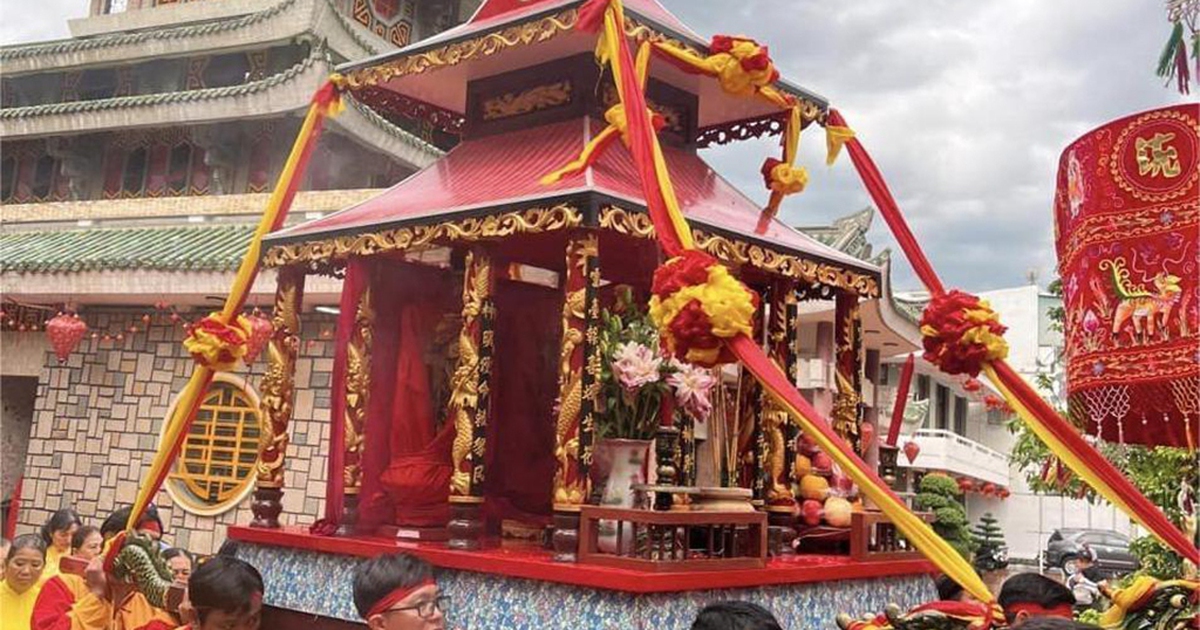




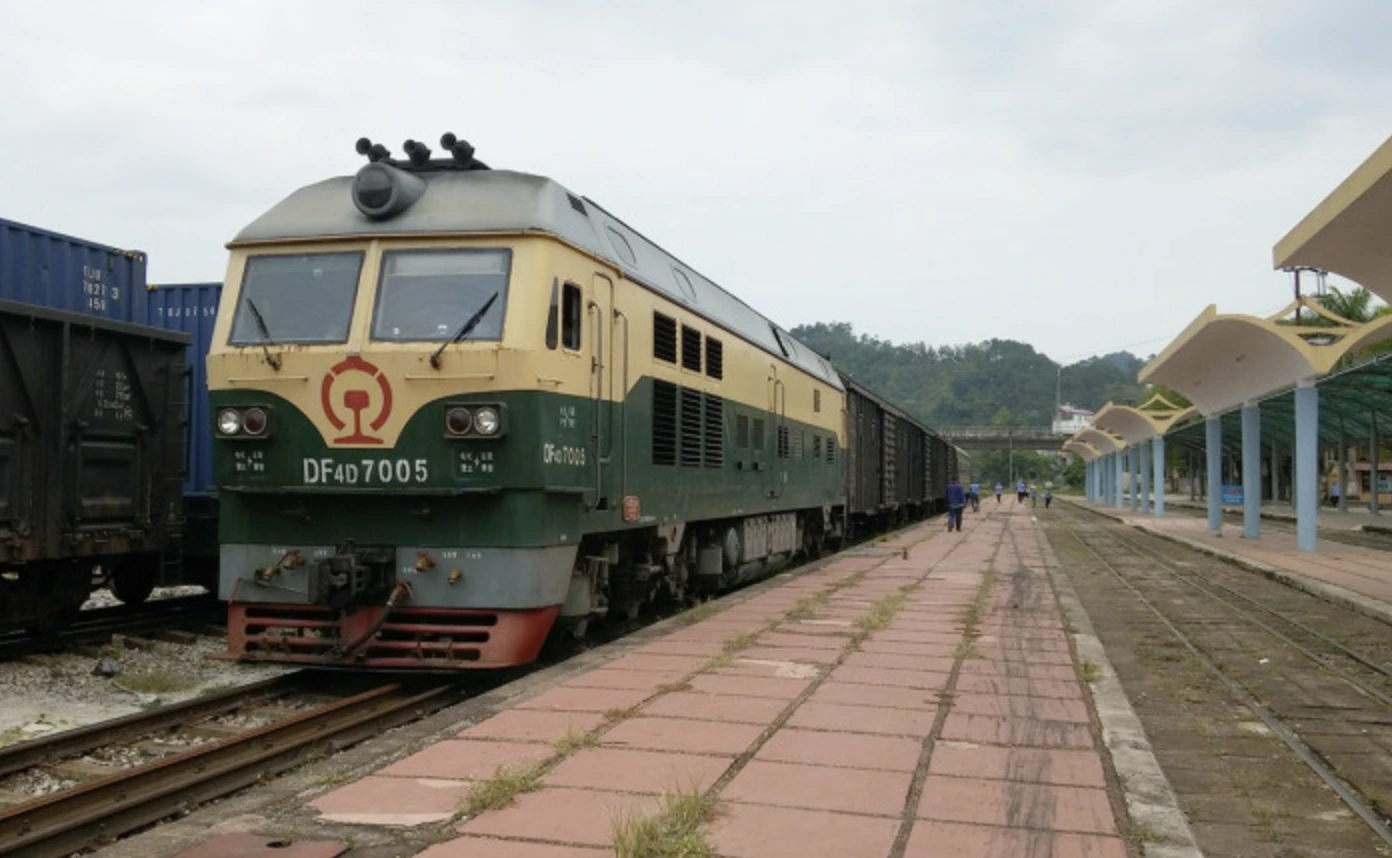




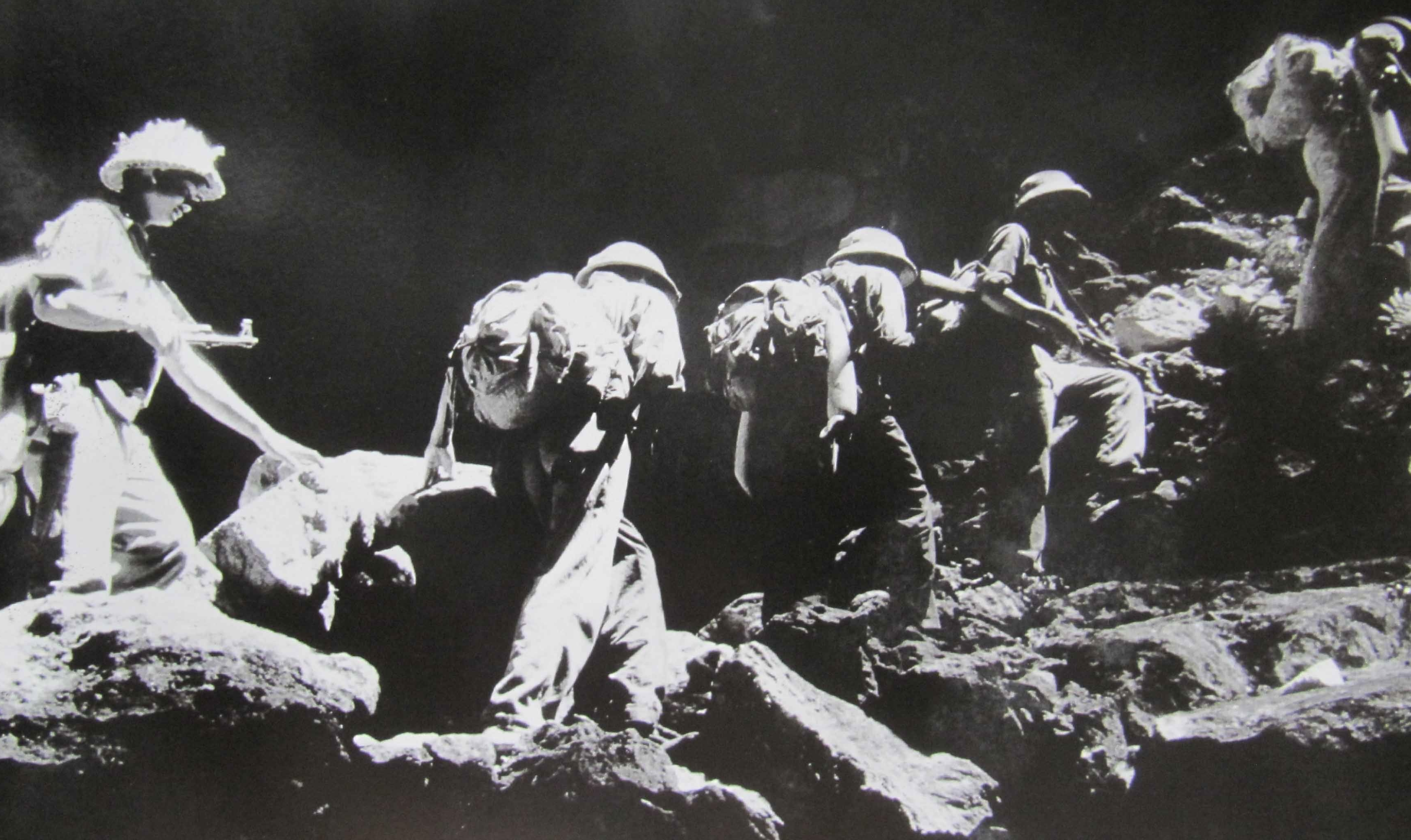



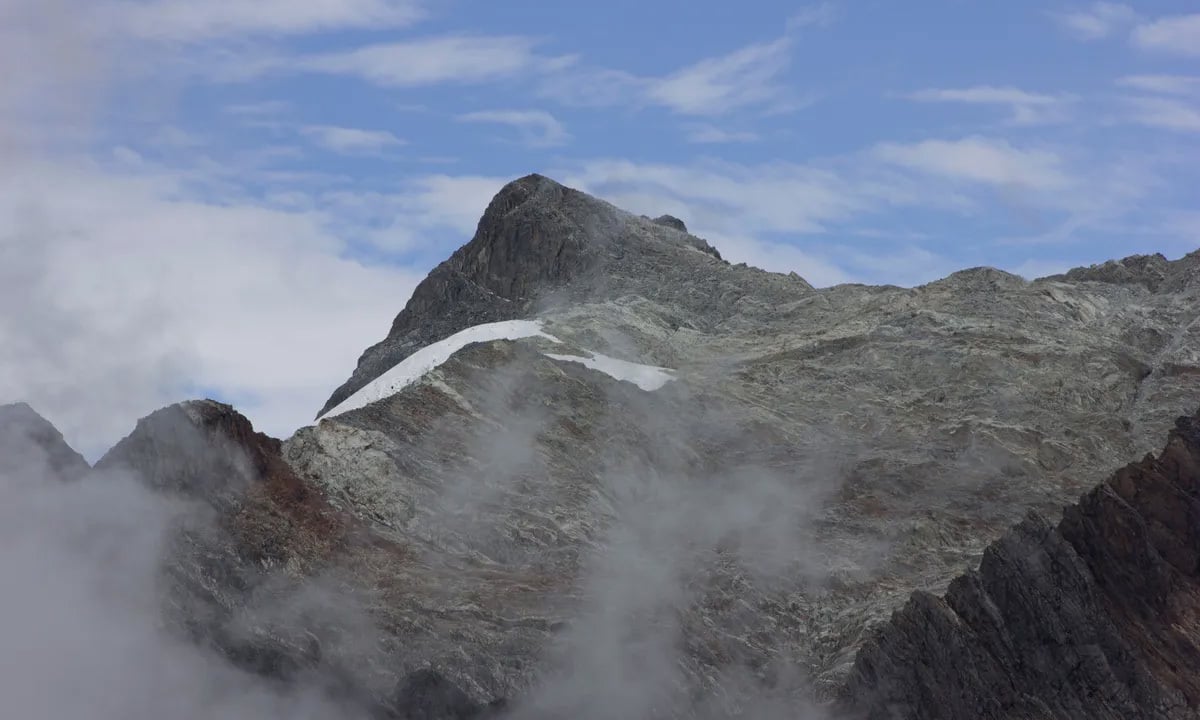



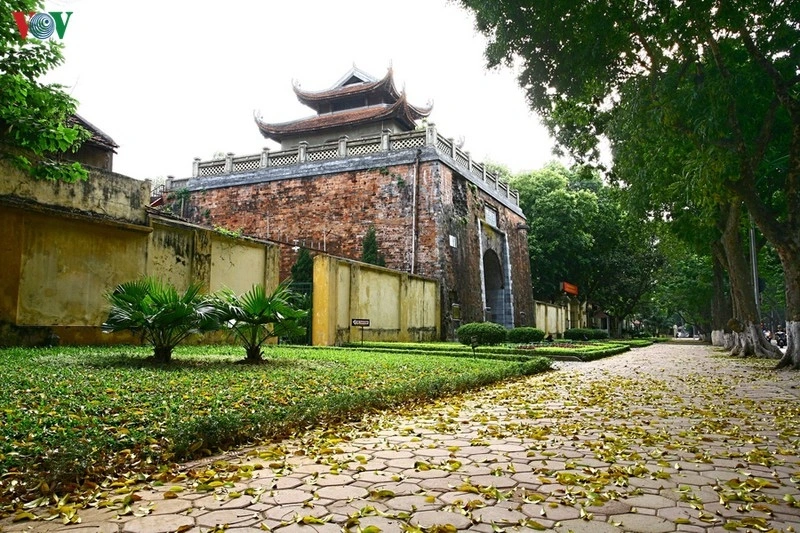

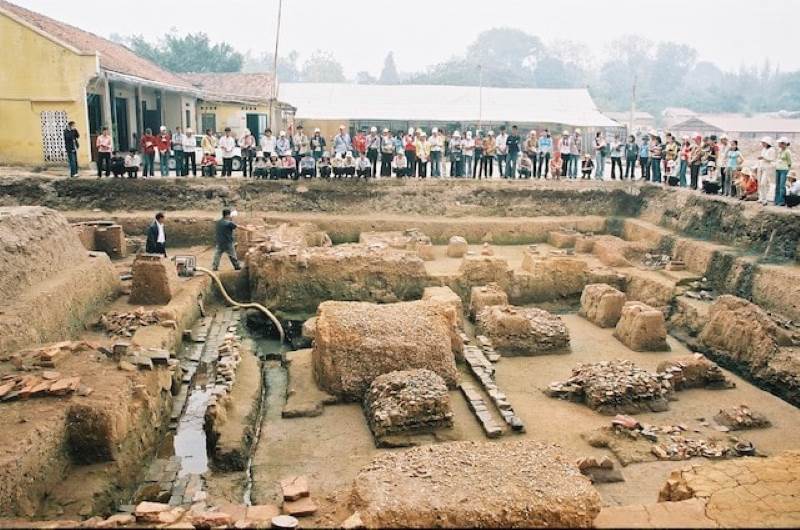

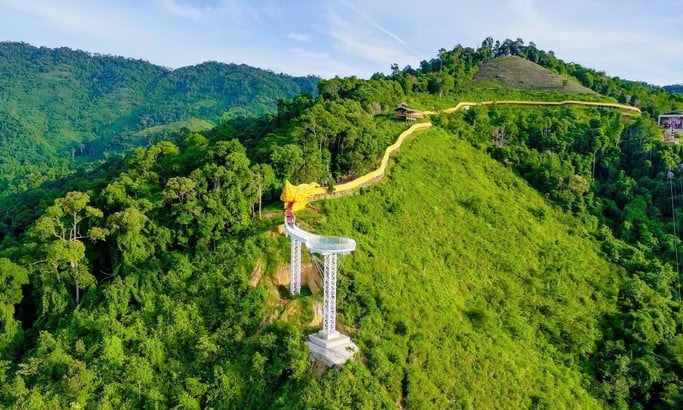

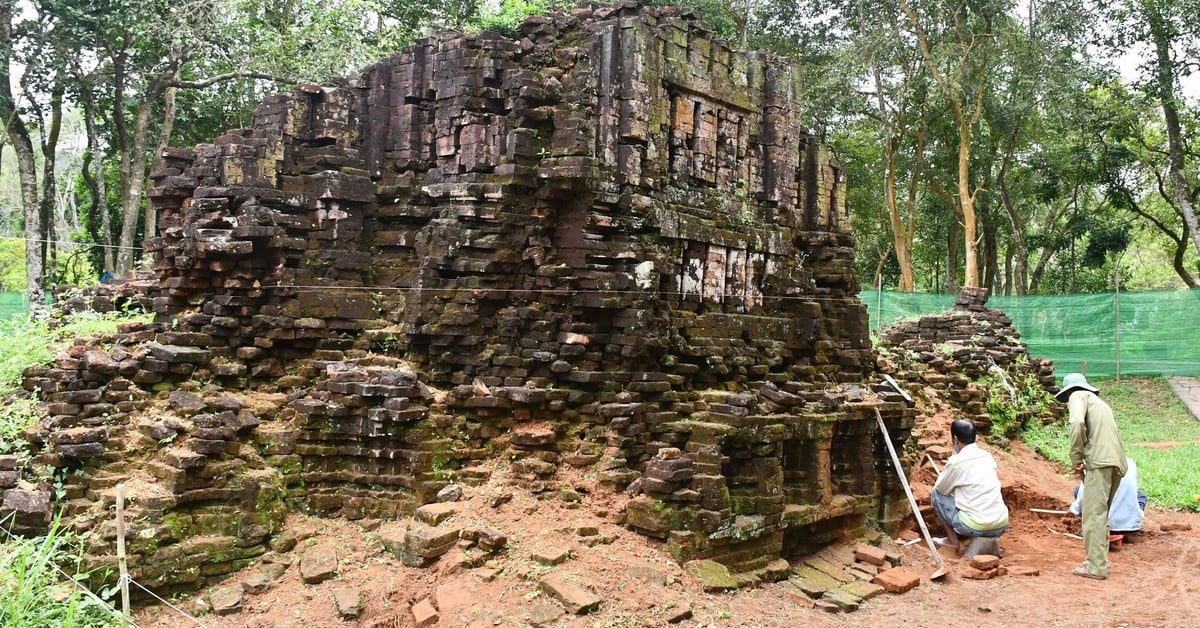



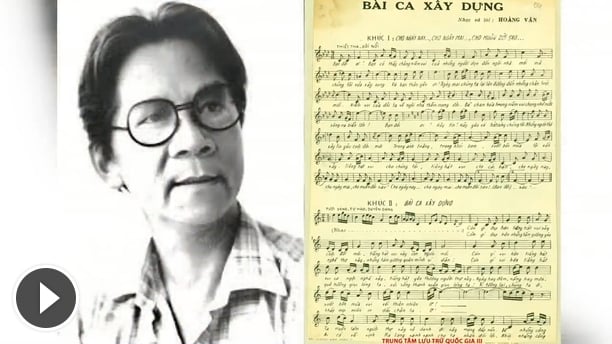




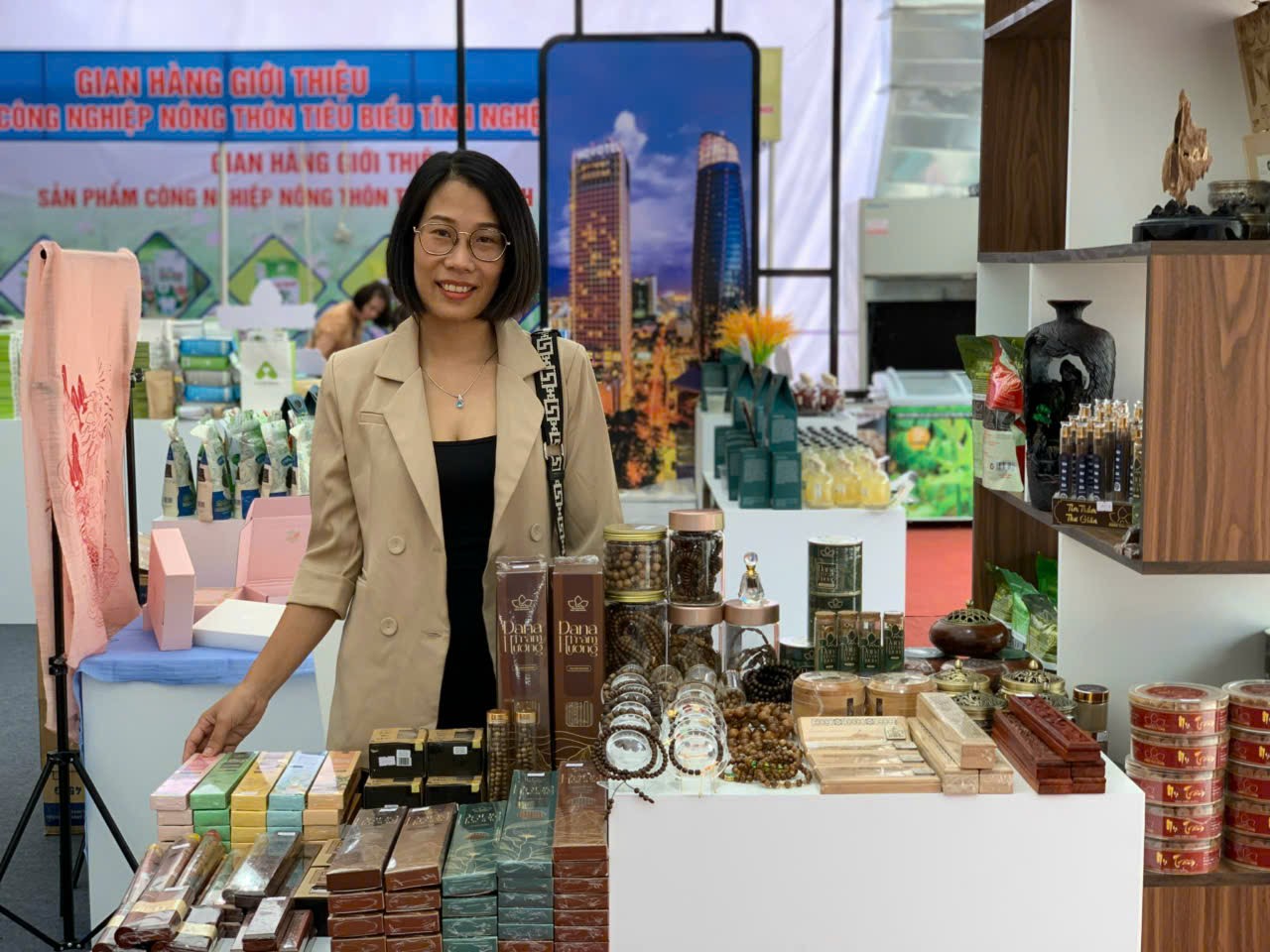





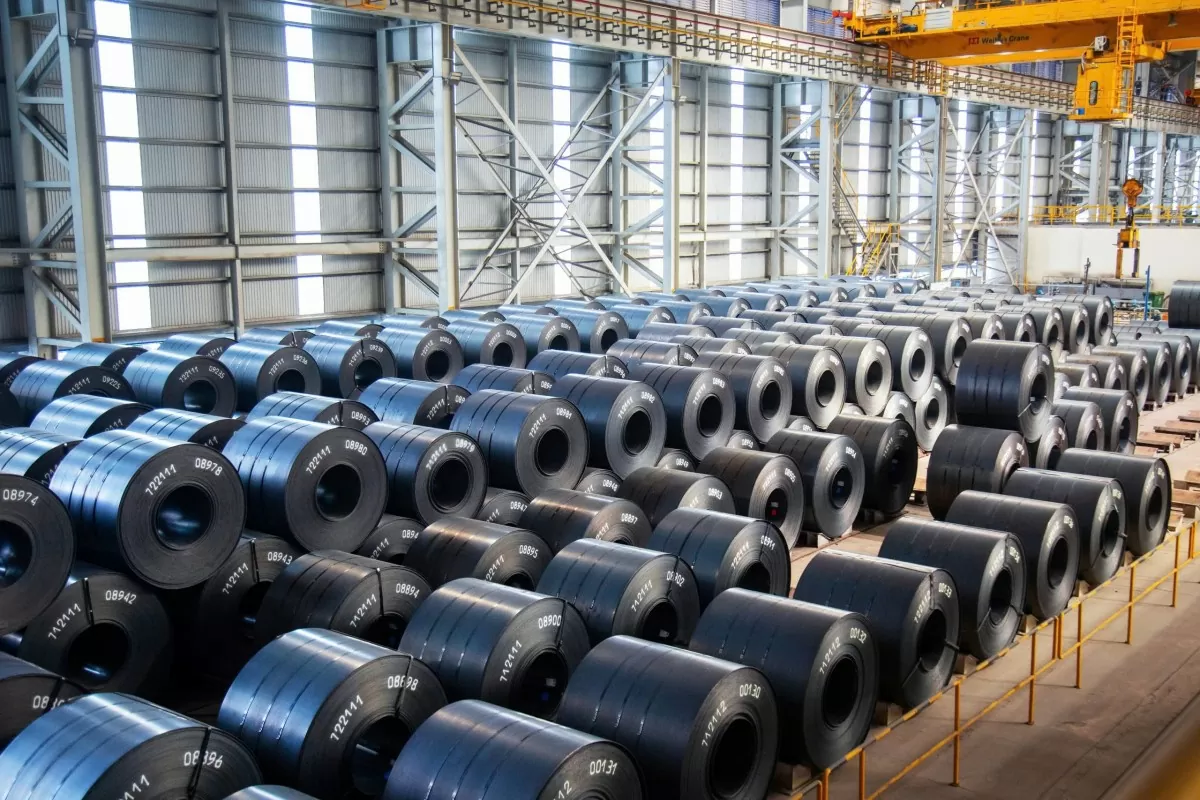



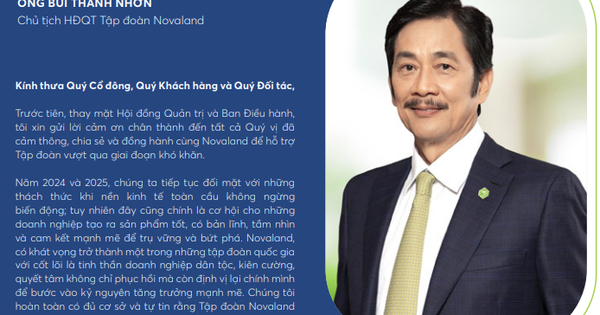






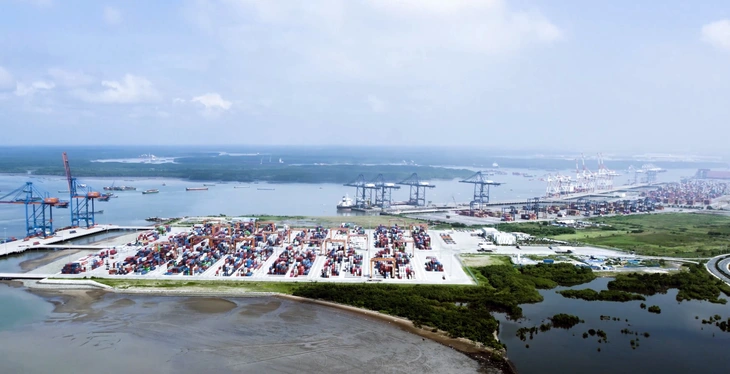


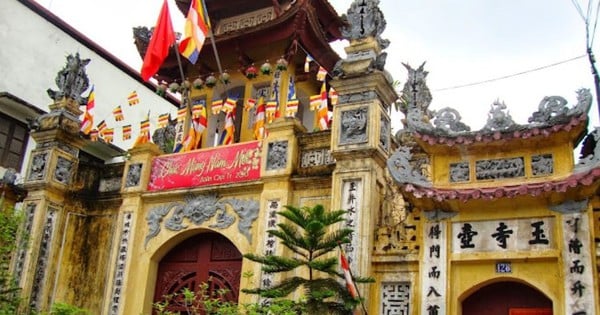




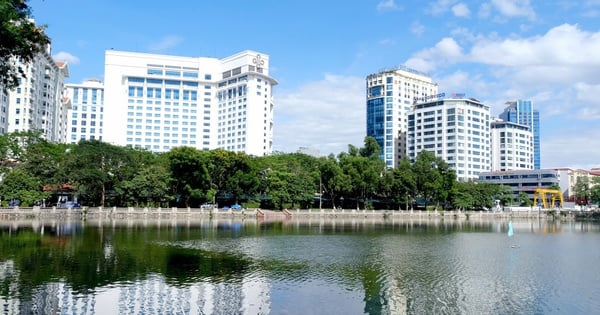
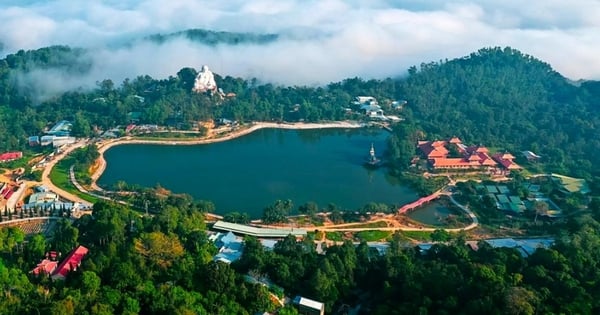



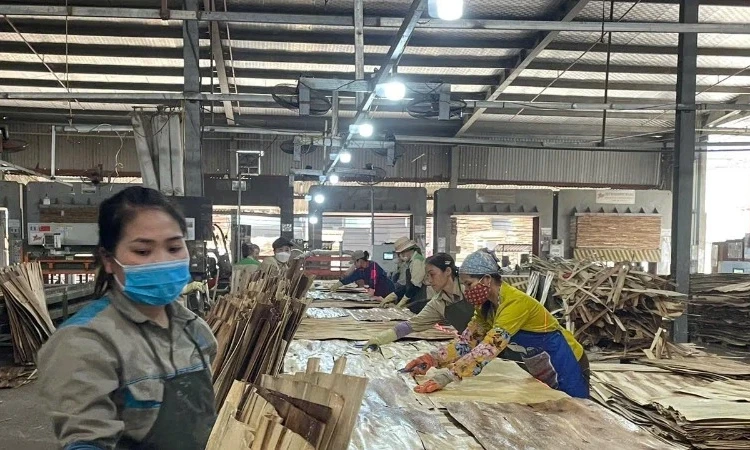








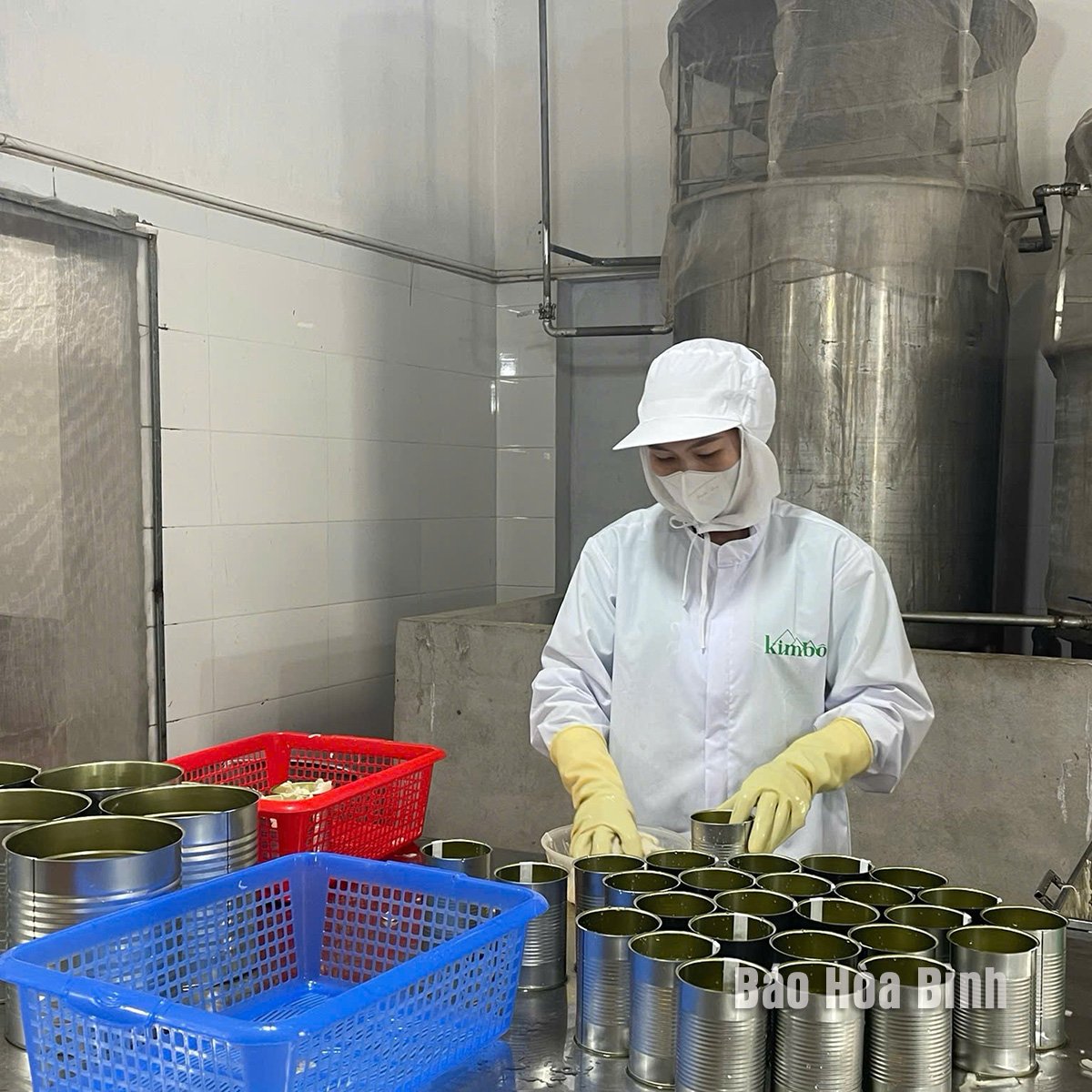

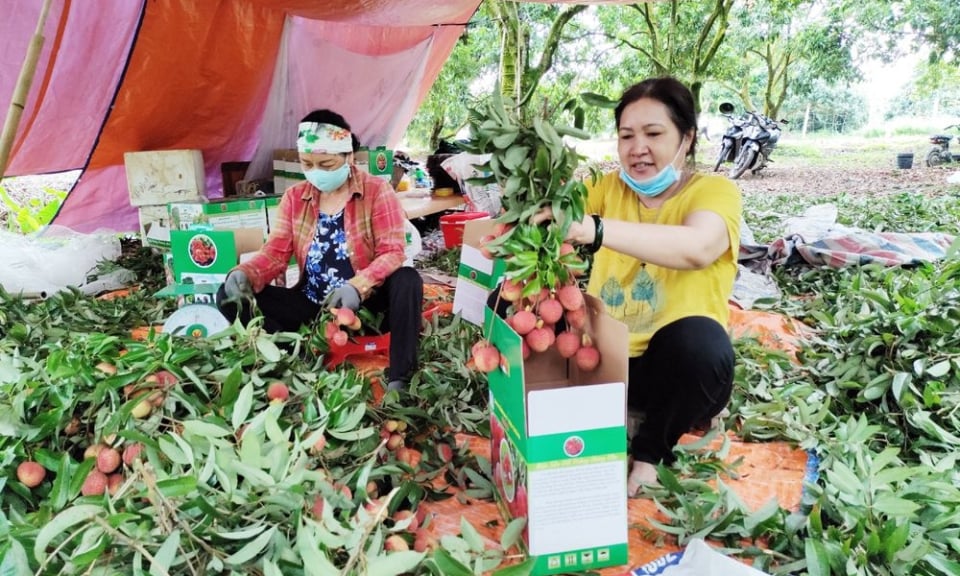

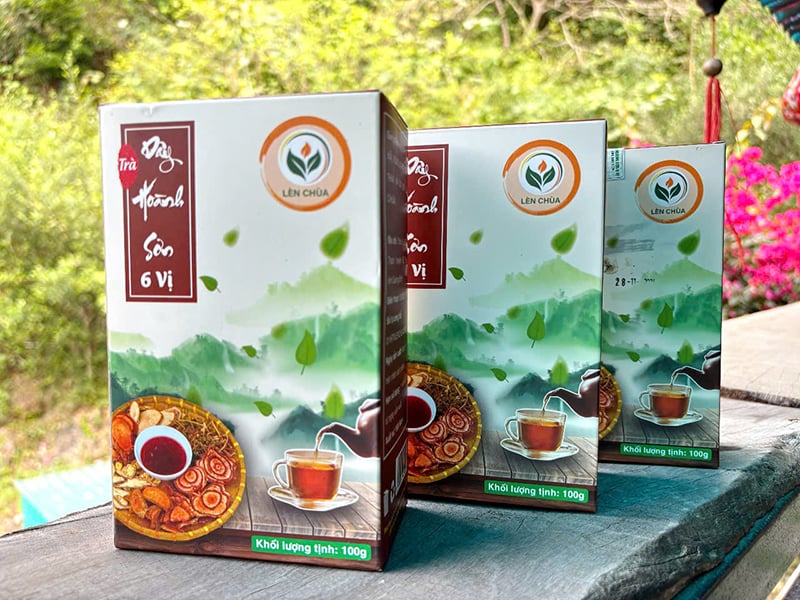
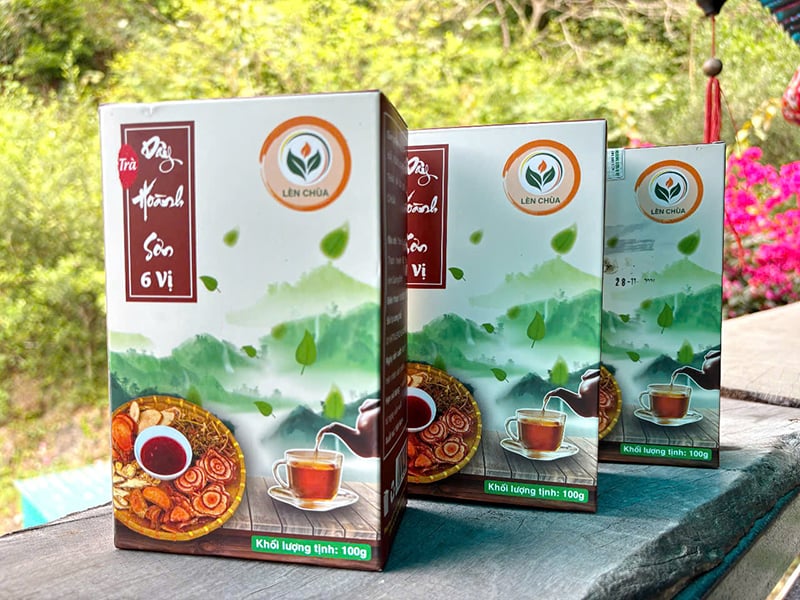


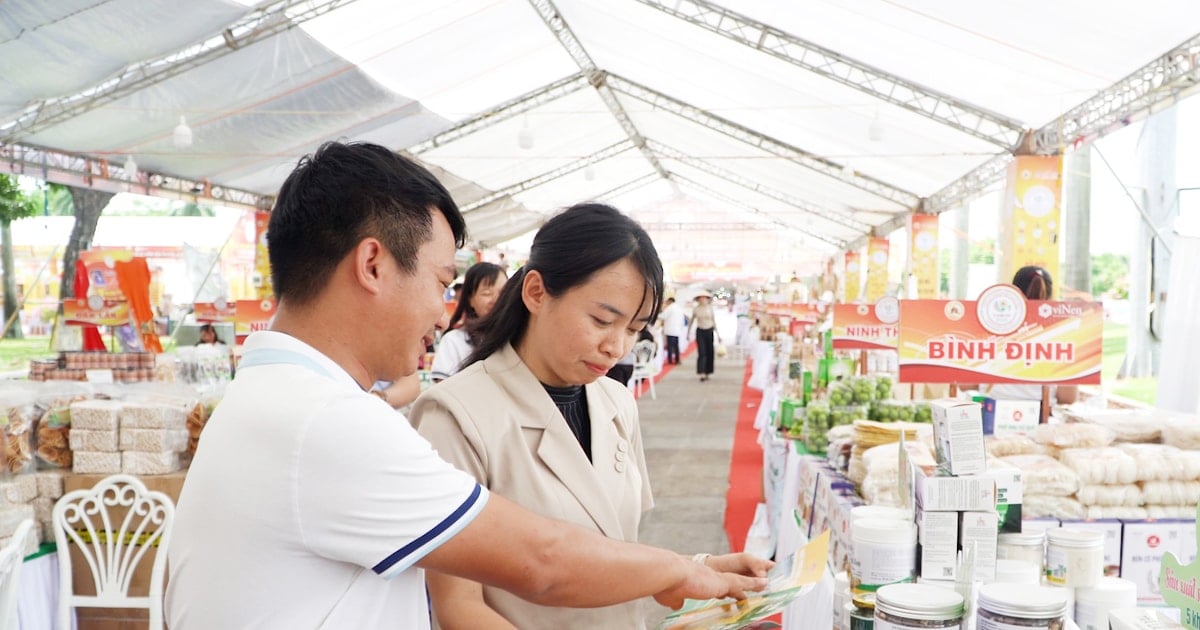

Comment (0)